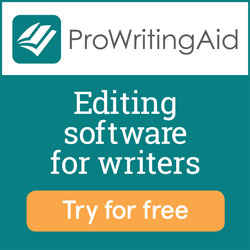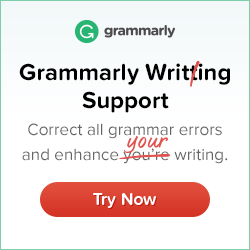Available at Amazon only
Free with Kindle Unlimited
From Idea to Author-ity*
Thumbnail Sketch about How to Publish & Promote
As I have in the past published cookbooks as well as written some unpublished fiction and nonfiction books, I’m always interested in books that discuss writing, publishing, or book marketing. I was drawn to this title right away. The subtitle made me even more interested in reading the book, as I have been contemplating this exact idea: to use a non-fiction book to help promote my business.
The author starts at the beginning, first discussing writing your manuscripts and getting that first draft together. While eBooks are mentioned throughout, she emphasizes printed books, whether self-published or traditionally published. She has several chapters about getting your book ready for production, book options, and the publishing industry. The bulk of the book talks about how to market your book in a variety of ways, from publicity and distribution to online marketing options including social media. There’s a bonus chapter at the end about using WordPress as your website platform.
What I liked: Early on, she has a layout plan to help structure a non-fiction book. It is straightforward, but I could see how it could be useful in helping a writer organize thoughts before writing. She also breaks down the basic front and back matter components of a book; if you haven’t written one before, you may not have paid attention to these sections in the books you’ve read. In the book design chapter, I liked her bulleted list of things to think about to have a good internal format. The production and quoting lists are helpful. I thought the chapters on marketing gave a broad range of ideas.
What I didn’t like: Her discussion about getting a good editor, which happens in different parts of the book, wasn’t quite all it could have been. I am a freelance copyeditor and line editor myself, so I understand from a professional level that what she describes as editing may not be how a particular editor edits. There are levels and different types of editing, and the editors or proofreaders you may work with may not do what she says they do. Be prepared for variation in the real world.
The author does stress the importance of getting a book edited. I find it ironic, therefore, that this book has a significant amount of errors in grammar, punctuation, and formatting, particularly with commas. Specifically, they are often missing between independent clauses in a compound sentence as well as after the second-to-last verb phrase (predicate) before a coordinating conjunction in a sentence with more than three verb phrases. Some other punctuation in the book is unusual to American eyes, but I understand that she is Australian and believe these differences are okay by Aussie standards. However, I believe those comma rules I just mentioned hold true in either variant of English. I did receive an ARC of this book, so I may have read a pre-edited/proofed version. Some words were inconsistently spelled. Sometimes spaces were missing between words or were added before punctuation.
Each chapter is rather short and concise. If you’re looking for detailed information about how to put what she says into action, you won’t see as much of that here as you might like. She points you in the right direction (usually), but there are a lot of details you will have to figure out on your own. By the way, most of what she says could be applied to launching ANY book, not just non-fiction meant to help your business.





